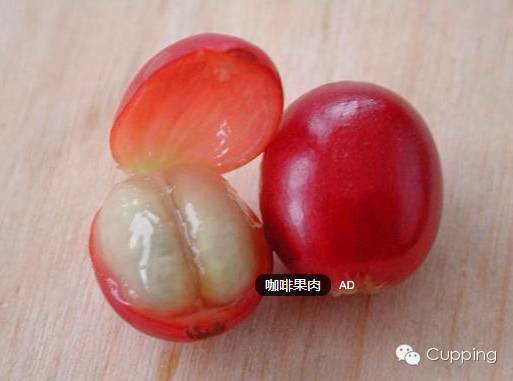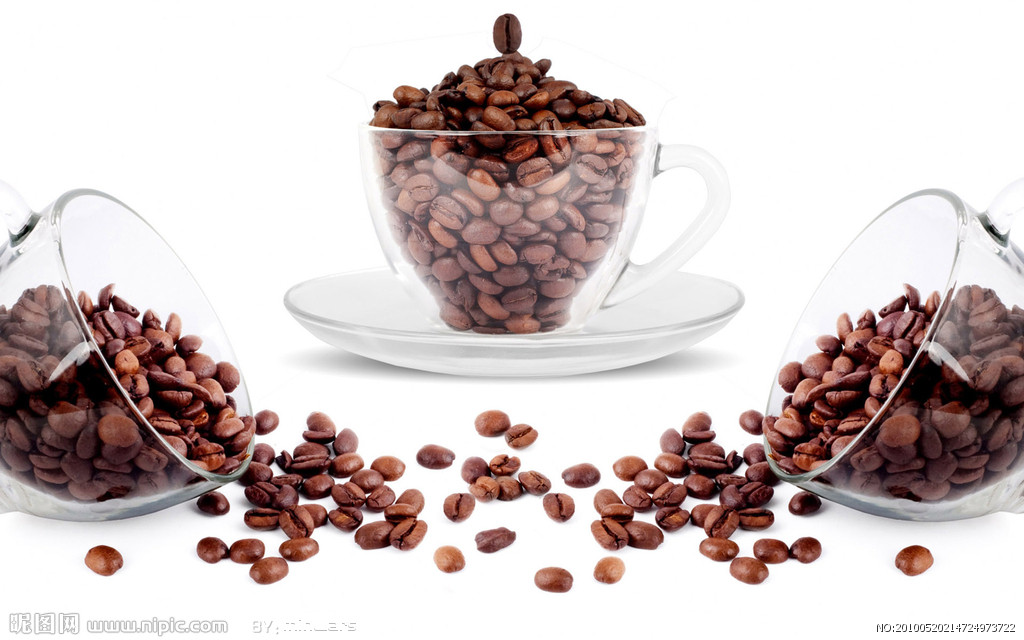What is the effect of different packaging on raw beans?
Professional coffee knowledge exchange more coffee bean information please follow the coffee workshop (Wechat official account cafe_style)

There is a lot of information on the label of raw coffee beans.
In addition to clear information at a glance, such as altitude and how to handle it, there are also some common English abbreviations that sometimes take a little thought.
GP, refers to a way of packaging raw beans, GrainPro, special packaging for grains.
When raw coffee beans are exported from the place of production, they are packed in gunny bags, which is already familiar to most coffee lovers.
However, with the trend of boutique coffee, some changes have taken place in the way of packaging.
As we all know, the world's coffee production is mainly distributed in the so-called "coffee belt" coffee zone or coffee belt, that is, between 20 or 25 degrees north and south latitudes, mainly concentrated in Africa and Central and South America.
Raw coffee beans take a long journey from the place of production to the place of consumption, usually by sea considering the cost of transportation.
During intercontinental transportation, it may take more than a month for raw beans to be transported.
The main defects in sack packaging are well known and may taint raw beans with the smell of sacks. In addition, gunny bags can not be waterproof, in the long process of shipping, there will inevitably be omissions. Boutique coffee users may find that the original cup tested raw beans, after transportation, finally arrived, the effect of the second cup test is not satisfactory. The main reason is that the packaging of gunny bags is difficult to meet the sensitivity requirements of high-quality raw beans.
The higher the quality of raw beans, the harsher the storage conditions.
What is talked about is the humidity and temperature in the storage environment.
GrainPro packing, specially used for transporting or keeping dried grains. For raw coffee beans, the appearance shows that the raw beans are first packed in a multi-layer plastic bag and then, in the traditional way, into a gunny bag.
GrainPro bags can ensure the water content of raw beans, waterproof, anti-UV, can inhibit the growth of fungi or insects, compared with the traditional packaging, can better ensure the quality of raw beans during storage.
Important Notice :
前街咖啡 FrontStreet Coffee has moved to new addredd:
FrontStreet Coffee Address: 315,Donghua East Road,GuangZhou
Tel:020 38364473
- Prev

Coffee Nose (11/12): Fermented in Defect Group (2/3)
Coffee nose fermented into coffee pulp (coffee pulp), basmati rice (basmati rice) and medicinal (medicinal) three kinds. 13 Coffee Pulp Odor Type: Fermented, Wine Odor Characteristics: This is the smell emitted by coffee cherries in coffee estates when they are pulped. Coffee pulp detached by fermentation
- Next

Fine coffee beans: teach you to distinguish coffee beans and coffee beans graded coffee basics
● Key to distinguish the name and specification of coffee beans ● Export port name From the indicated export port name, you can know the route of transportation. Coffee of the same origin or brand has a certain route, so it is also exported from the same port. For example, if the label is "Brazil." Santos "means it's coffee coming out of Santos, except when it's marked mocha.
Related
- Guji coffee producing area of Guji, Ethiopia: Humbela, Shakiso, Wulaga
- What is the most expensive variety of Qiloso in BOP multi-variety group?
- How to store the coffee beans bought home?
- Why are Yemeni coffee beans so rare now?
- Ethiopian Sidamo all Red Fruit Sun Sun Santa Vini Coffee beans
- SOE is mostly sour? What does it mean? Is it a single bean? what's the difference between it and Italian blending?
- Is Italian coffee beans suitable for making hand-brewed coffee?
- How to choose coffee beans when making cold coffee? What kind of coffee beans are suitable for making cold coffee?
- Just entered the pit to make coffee, what kind of coffee beans should be chosen?
- Can only Japan buy real Blue Mountain Coffee? What are authentic Jamaican Blue Mountain coffee beans?

